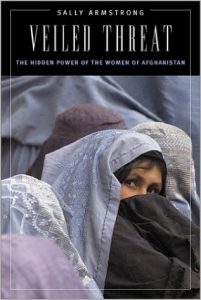Our last Theme Thursday of the 2016 Fall semester, features Last Night I Dreamed of Peace: The Diary of Dang Thuy Tram. This diary, published after the death of 27-year old Vietcong doctor, was saved from destruction by an American soldier, and gives us fresh insight into the lives of those fighting on the other side of the Vietnam War. It is a story of the struggle for one’s ideals amid the despair and grief of war, but also a story of hope in the most dire of circumstances.
 From the cover: “In 1970, while sifting through war documents in Vietnam, Fred Whitehurst, an American lawyer serving with a military intelligence dispatch, found a diary no bigger than a pack of cigarettes, its pages handsewn together. Written between 1968 and ’70 by Tram, a young, passionate doctor who served on the front lines, it chronicled the strife she witnessed until the day she was shot by American soldiers earlier that year at age 27. Whitehurst, who was greatly moved by the diary and smuggled it out of the country, returned it to Thuy’s family in 2005; soon after, it was published as a book in Vietnam, selling nearly half a million copies within a year and a half. The diary is valuable for the perspective it offers on war—Thuy is not obsessed with military maneuvers but rather the damage, both physical and emotional, that the war is inflicting on her country. Thuy also speaks poignantly about her patients and the compassion she feels for them. Unfortunately, the writing, composed largely of breathless questions and exclamations, is monotonous at times, somewhat diminishing the book’s power.”
From the cover: “In 1970, while sifting through war documents in Vietnam, Fred Whitehurst, an American lawyer serving with a military intelligence dispatch, found a diary no bigger than a pack of cigarettes, its pages handsewn together. Written between 1968 and ’70 by Tram, a young, passionate doctor who served on the front lines, it chronicled the strife she witnessed until the day she was shot by American soldiers earlier that year at age 27. Whitehurst, who was greatly moved by the diary and smuggled it out of the country, returned it to Thuy’s family in 2005; soon after, it was published as a book in Vietnam, selling nearly half a million copies within a year and a half. The diary is valuable for the perspective it offers on war—Thuy is not obsessed with military maneuvers but rather the damage, both physical and emotional, that the war is inflicting on her country. Thuy also speaks poignantly about her patients and the compassion she feels for them. Unfortunately, the writing, composed largely of breathless questions and exclamations, is monotonous at times, somewhat diminishing the book’s power.”





